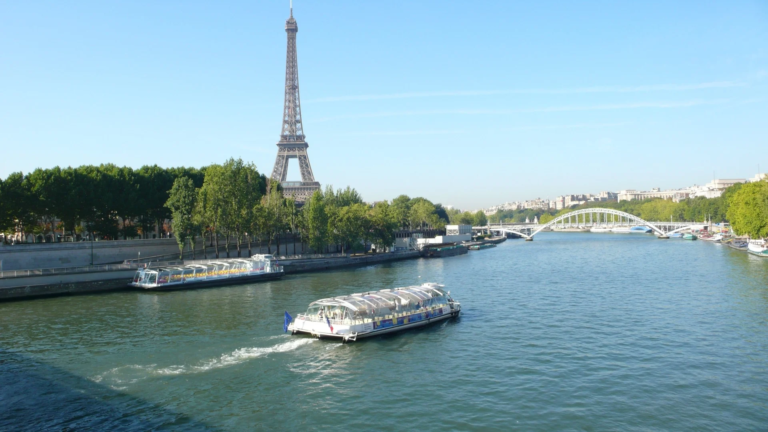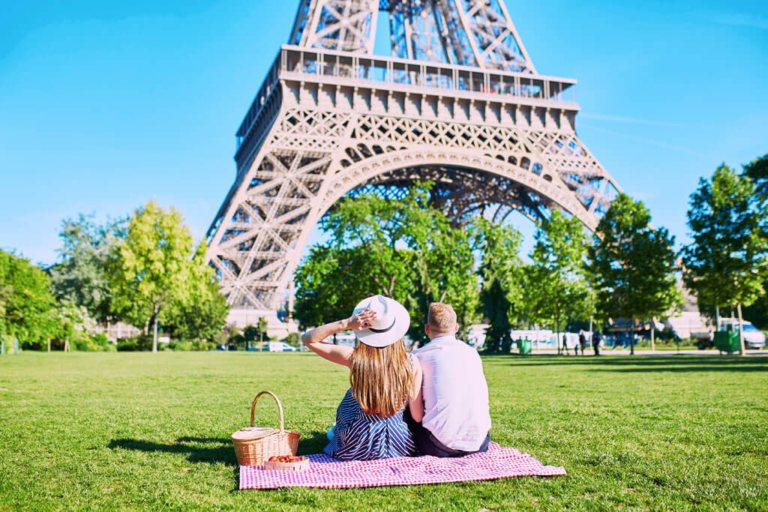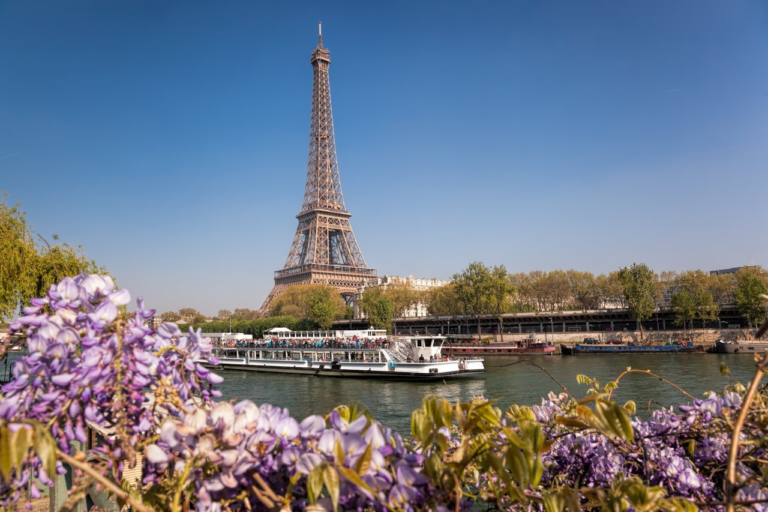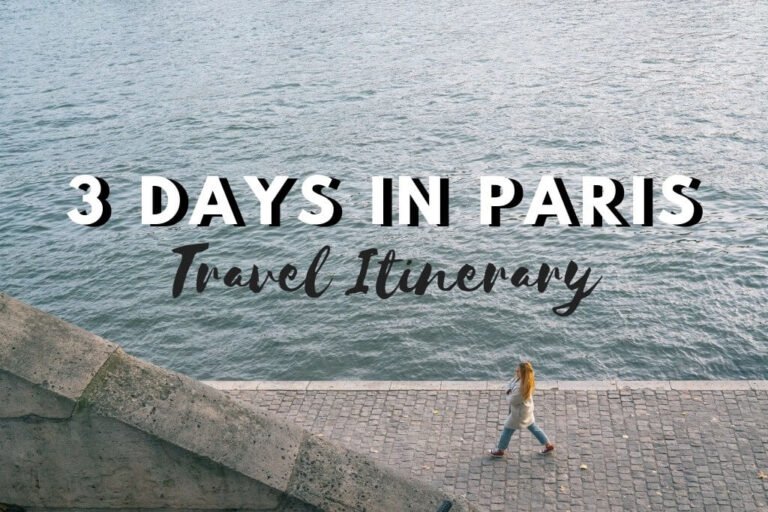Exploring 4 days in Paris can be thrilling and overwhelming. But with the right plan, you can experience the city’s charm and vibrant culture.
In my packed itinerary, you’ll find an engaging mix of iconic landmarks, like the Eiffel Tower and Louvre Museum, mingled with charming neighborhoods such as Montmartre and the Latin Quarter.
On my journey, I dive into the heart of Paris, beginning with the historic sites on the Île de la Cité and strolling through the elegant Tuileries Gardens.
At each turn, there’s a chance to savor French cuisine, whether enjoying a quiet café on the Left Bank or indulging in a sweet treat from a local patisserie. The city’s energy, from its bustling avenues to its serene Seine River cruises, is truly captivating.
I also explore places beyond Paris, like the extravagant Palace of Versailles, during this adventure. Embracing both the must-see destinations and the hidden gems, I find the balance between famous attractions and quiet corners, offering a well-rounded glimpse into the allure of Paris.
This detailed guide makes exploring the City of Light in four days manageable and unforgettable. It would allow first-time visitors to have the best experience spending 4 days in Paris.
Planning Your 4-Day Paris Itinerary
I’ve discovered that making the most of 4 days in Paris requires a well-thought-out plan. This involves selecting accommodations that enhance your stay, understanding how to explore the city effectively, and structuring each day to capture the essence of Paris.
Day 1: The Eiffel Tower and Montparnasse Tower
I stood in awe before the Eiffel Tower, a symbol of Paris known worldwide. Seeing it up close was a breathtaking experience. I appreciated the intricate iron lattice design, which seemed even more impressive from a distance.

I highly recommend booking Eiffel Tower tickets in advance to avoid long lines.
Later, I visited the Montparnasse Tower to get panoramic views of Paris, including the Eiffel Tower. From its observation deck, I enjoyed a unique perspective of the city.
This less crowded alternative offered a serene viewing experience, ideal for those seeking peace while marveling at Paris’s skyline.
Day 2: Exploring the Louvre and Champs-Élysées
Start your second day with a visit to one of the most famous museums in the world—The Louvre. Home to iconic masterpieces such as the Mona Lisa and Venus de Milo, this museum can easily take up an entire day.
To make the most of your time, research beforehand and decide which exhibits you want to see. For a more beautiful experience, you can also opt for a guided tour.
After your visit to the Louvre, take a stroll down the Champs-Élysées. This famous avenue has luxury shops and iconic landmarks like Arc de Triomphe. It’s also a great place to stop for lunch or a coffee at one of the many charming cafes.
Day 3: Le Marais and Latin Quarter
During my visit to Paris, a stroll through Le Marais and the Latin Quarter offered a delightful mix of history and modern life.

With its elegant streets, Le Marais is famous for the Place des Vosges, the oldest planned square in Paris. It’s a great spot to enjoy quiet time and observe Parisians’ day.
I was drawn to shops and cafes in the Latin Quarter along narrow streets. This area, rich in history, is also home to the Panthéon and the renowned bookstore Shakespeare and Company. Each corner of these quarters holds intriguing stories, making them a must-visit on any Paris itinerary.
Day 4: Cruise on the Seine and Neighborhood Exploration
Spend your last day in Paris cruising along the Seine River.
From a different perspective, this is a great way to see many of the city’s famous landmarks, such as Notre Dame Cathedral and Musée d’Orsay. You can choose to go on a guided or leisurely self-guided cruise.
After your cruise, head to one of Paris’ charming neighborhoods, Le Marais or Saint-Germain-des-Prés. These
Selecting the Perfect Accommodation: Where to Stay
Choosing where to stay in Paris can shape your experience. I recommend focusing on central areas like the Marais or Saint-Germain for easy access to the city’s top attractions.
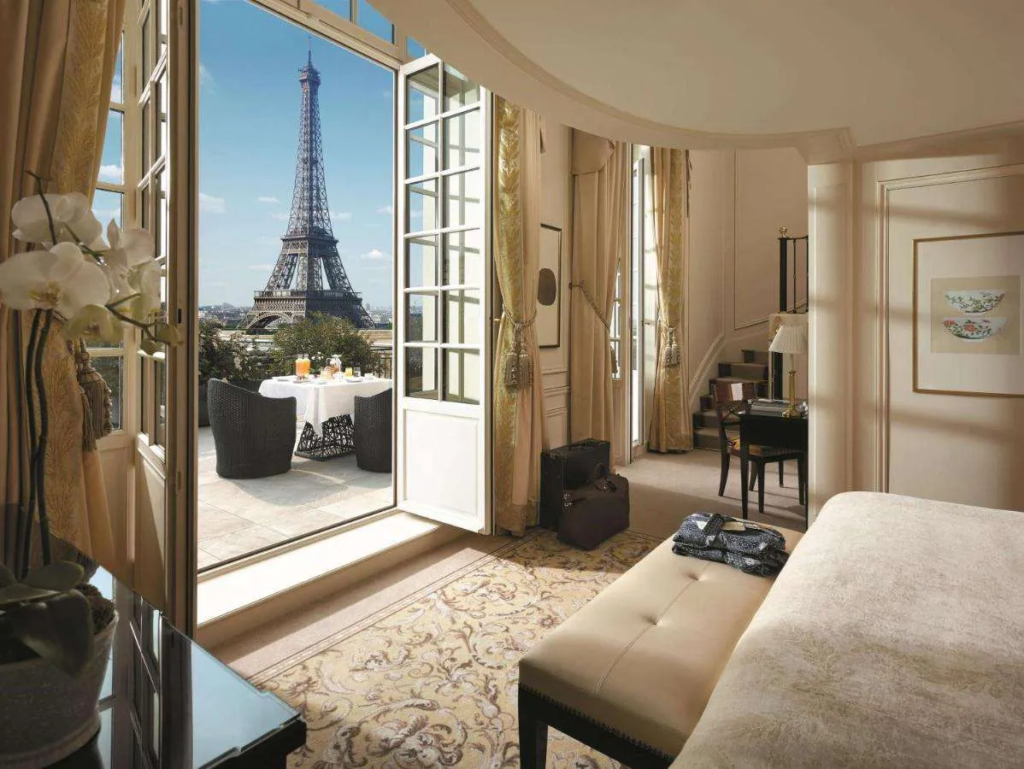
Both neighborhoods offer a range of options, from charming boutique hotels to luxury accommodations. Consider your budget and the vibe you’re looking for.
For a first time in Paris, it’s wise to book hotels near metro stations. This will make getting around simpler and save you precious time. Sites like Google Maps help find these conveniently located places. Look for those near famous landmarks or well-connected metro lines.
How to Get Around Paris
Exploring Paris is straightforward, thanks to its comprehensive public transportation system operated by the RATP (Régie Autonome des Transport Parisiens). You can effortlessly reach the closest or farthest sites around the city with different options, including the metro, buses, trams, and RER trains.

During my visit, I discovered that the metro is the most efficient method, offering quick access across various arrondissements. With a Metro Paris Pass, you can swiftly move between significant sites. For tourists, I recommend purchasing the Paris Visite Pass, which allows unlimited travel on public transport at a fixed price.
This pass saves time and money, especially if you plan to visit multiple attractions quickly. To make your travels even smoother, I suggest downloading Google Maps. You can quickly determine the most convenient routes and schedules by entering your location and destination.
This approach helped me avoid getting lost and made my exploration of Paris enjoyable and stress-free. You can quickly determine the most convenient routes and schedules by entering your location and destination.
The Paris Pass
The Paris Pass is an invaluable tool for tourists who want to make the most of their visit to Paris.
This comprehensive city sightseeing package offers skip-the-line entry to over 60 attractions, including iconic landmarks such as the Louvre Museum, Sainte-Chapelle, and the Palace of Versailles.
By purchasing the Paris Pass, visitors can save time and money, avoid long queues, and benefit from significant discounts.
Additionally, the pass includes unlimited public transportation travel, simplifying navigating the city and allowing stress-free exploration.
What to Pack for Your Paris Trip?
When preparing for a trip to Paris, it’s important to pack wisely to ensure a comfortable and enjoyable experience. Here are some essentials I recommend bringing along:
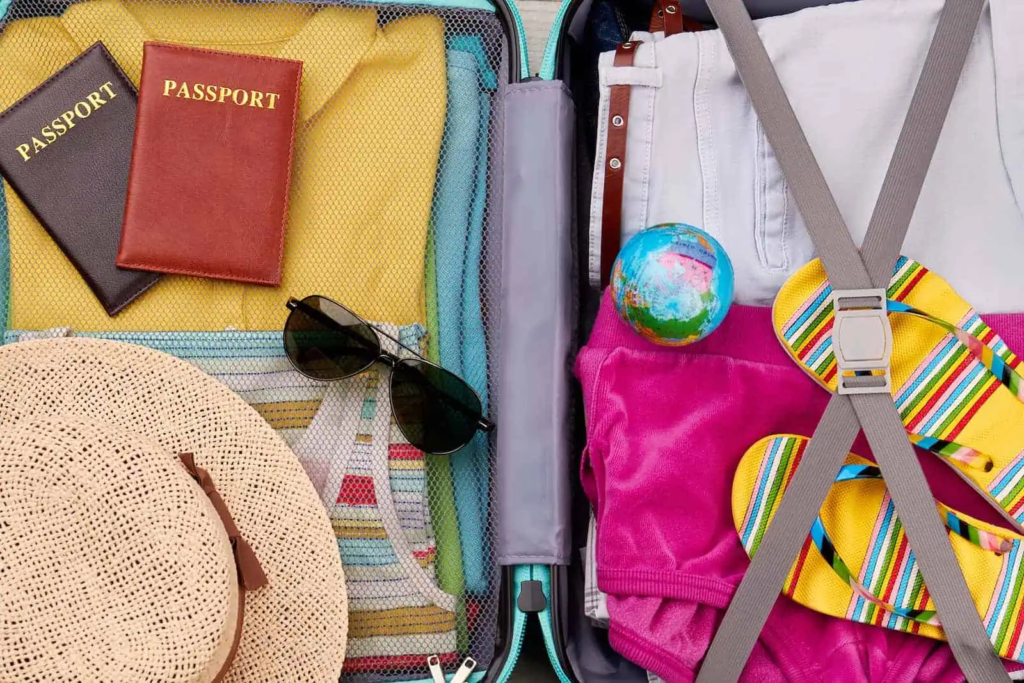
- Comfortable Walking Shoes: Paris is best explored on foot, and you’ll walk a lot. I always pack well-cushioned shoes to keep my feet happy throughout the day.
- Scarf or Shawl: A versatile accessory, a scarf can add style to your outfit and provide warmth during cooler evenings. I always include one in my suitcase.
- Reusable Water Bottle: Staying hydrated is essential, especially with all the exploring you’ll be doing. I find carrying a reusable water bottle handy and environmentally friendly.
- Camera or Smartphone: You’ll want to capture memorable moments at famous sites like the Eiffel Tower or the Louvre. If you’re like me and love taking photos, ensure your device has enough storage and is fully charged.
- Basic French Phrasebook: While many Parisians speak English, I find it charming and often helpful to know a few basic phrases in French for a more authentic experience.
- Travel Guidebook: A reliable guidebook helps me discover hidden gems and plan my days around local attractions and cultural experiences.
- Weather-Appropriate Clothing: The weather in Paris can vary, so check the forecast before you leave. I like to bring layers, such as light sweaters or a rain jacket, to adapt to any temperature changes.
- Travel Adapter: The power outlets in Paris may differ from those at home. I always pack a universal adapter to keep my electronics charged and ready.
Crafting a Day-by-Day Plan
To optimize a 4-day Paris itinerary, I typically prioritize major landmarks early. On Day 1, iconic sights like the Eiffel Tower or Notre Dame are necessary. Later, explore cultural spots with a Paris Pass for seamless entry to museums and monuments.
Map out Day 2 to explore offbeat neighborhoods or take day trips to places like Versailles. Use Day 3 for leisure activities like shopping or dining in Montmartre. Finally, a mix of museums or gardens on Day 4 provides a relaxing end to the journey.
Remember to check opening times and book tickets in advance whenever possible for a smoother experience.
Frequently Asked Questions (FAQs)
When planning 4 days in Paris, it’s important to know which attractions to visit, how to tailor your itinerary for different needs, and budgeting tips. I will address these topics and offer guidance on travel tips and dining customs.
What are the top must-see attractions in Paris during a 4-day trip?
During a four-day visit, I recommend exploring iconic sites like the Eiffel Tower, Louvre Museum, and Notre Dame Cathedral. Don’t miss walking along the Champs Elysées and visiting the charming neighborhood of Montmartre.
Can you suggest a family-friendly itinerary for 4 days in Paris?
For families, itineraries might include visiting the Eiffel Tower, a Seine River cruise, and exploring parks like the Jardin des Tuileries. Consider a day at Disneyland Paris, which can be a magical experience for kids.
What is a romantic itinerary for a couple spending 4 days in Paris?
Couples can enjoy a sunset picnic by the Seine, a visit to Sacré-Cœur Basilica, and dinner at a cozy bistro in the Latin Quarter. They can also consider a tour of the stunning Palais Garnier, a perfect spot for romance and culture.
How much should I budget for a 4-day trip to Paris?
The budget can vary, but it is typically wise to allocate around €100-€150 per day per person. This includes lodging, meals, transportation, and entrance fees to attractions.
What are some tips for visiting Paris in December?
Visiting in December means you can enjoy festive holiday markets and beautiful decorations. Be sure to pack warm clothing and check for any seasonal closures of attractions. Winter is a great time for indoor activities like visiting the Louvre.
Are restaurant tips customary in Paris, and if so, how much should I give?
In Paris, tipping is appreciated but not obligatory. This is because service is usually included in the bill. If you received excellent service, leaving an extra 5% to 10% is a nice gesture.
